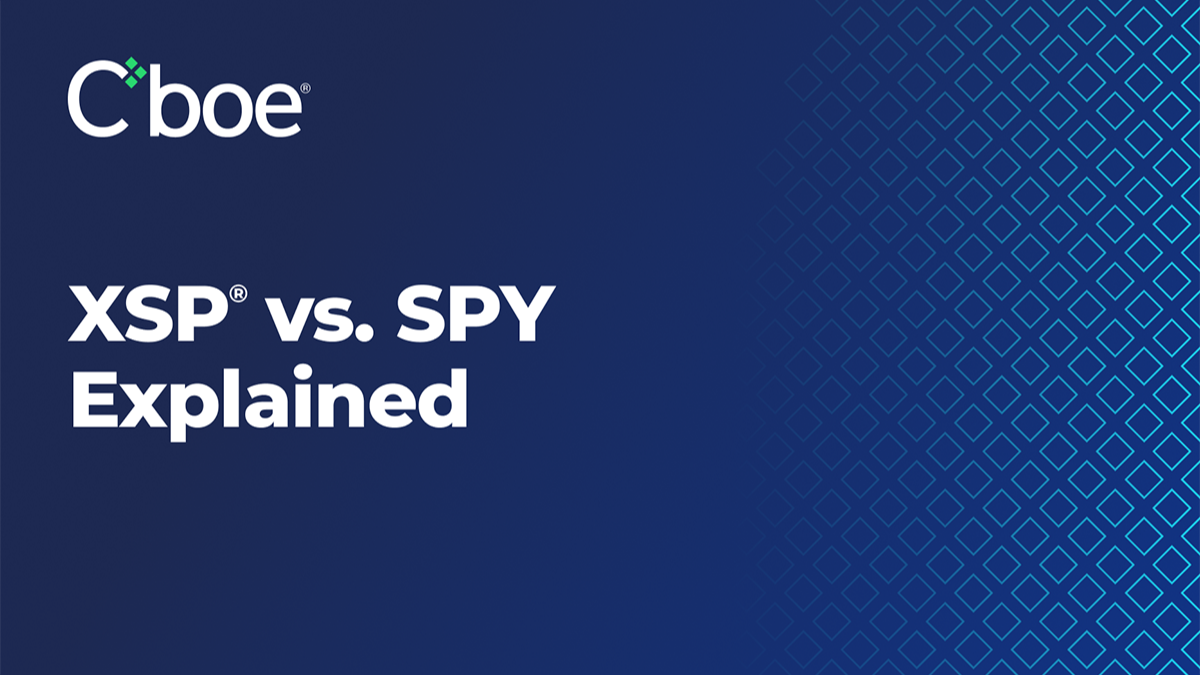Index Options Explained

Trending
XSP: More Potential Benefits Than SPY
At 1/10th the size of SPX, XSP offers very similar notional size, weekly expirations, and PM-settlement to SPY, but with even more potential benefits.
Read MoreIndex options and ETF options—especially those that track broad market indices like the S&P 500—are very similar. With one trade, market participants can gain broad market exposure, hedge their portfolios, or execute a variety of trading strategies. At 1/10th the size of SPX®, XSP® offers very similar notional size, weekly expirations, and PM-settlement to SPY, but with even more potential benefits.
Contra Assignment Implications of ETF Options
Example: Both XSP index and SPY ETF close at $602.30 on March 1st. Market moves higher to $603.50 after the market close.
Potential Tax Savings with Index Options*
Get more XSP resources and learn more benefits here >
* Under section 1256 of the Tax Code, profit and loss on transactions in certain exchange-traded options, including SPX Options, are entitled to be taxed at a rate equal to 60% long-term and 40% short-term capital gain or loss, provided that the investor involved and the strategy employed satisfy the criteria of the Tax Code. Investors should consult with their tax advisors to determine how the profit and loss on any particular option strategy will be taxed. Tax laws and regulations change from time to time and may be subject to varying interpretations.
Global Trading Hours (GTH) The trading hours for options on the SPX, SPXW (SPX Weeklys and SPX End-of-Month), and XSP (Mini-SPX) begin at 8:15 p.m. Eastern time and end at 9:25 a.m. Eastern time. Curb session begins at 4:15 p.m. Eastern time and ends at 5:00 p.m. Eastern time. Please visit the Global Trading Hours page for more details.
There are important risks associated with transacting in any of the Cboe Company products or any digital assets discussed here. Before engaging in any transactions in those products or digital assets, it is important for market participants to carefully review the disclosures and disclaimers contained at: https://www.cboe.com/us_disclaimers.
These products and digital assets are complex and are suitable only for sophisticated market participants. These products involve the risk of loss, which can be substantial and, depending on the type of product, can exceed the amount of money deposited in establishing the position.
Market participants should put at risk only funds that they can afford to lose without affecting their lifestyle.











